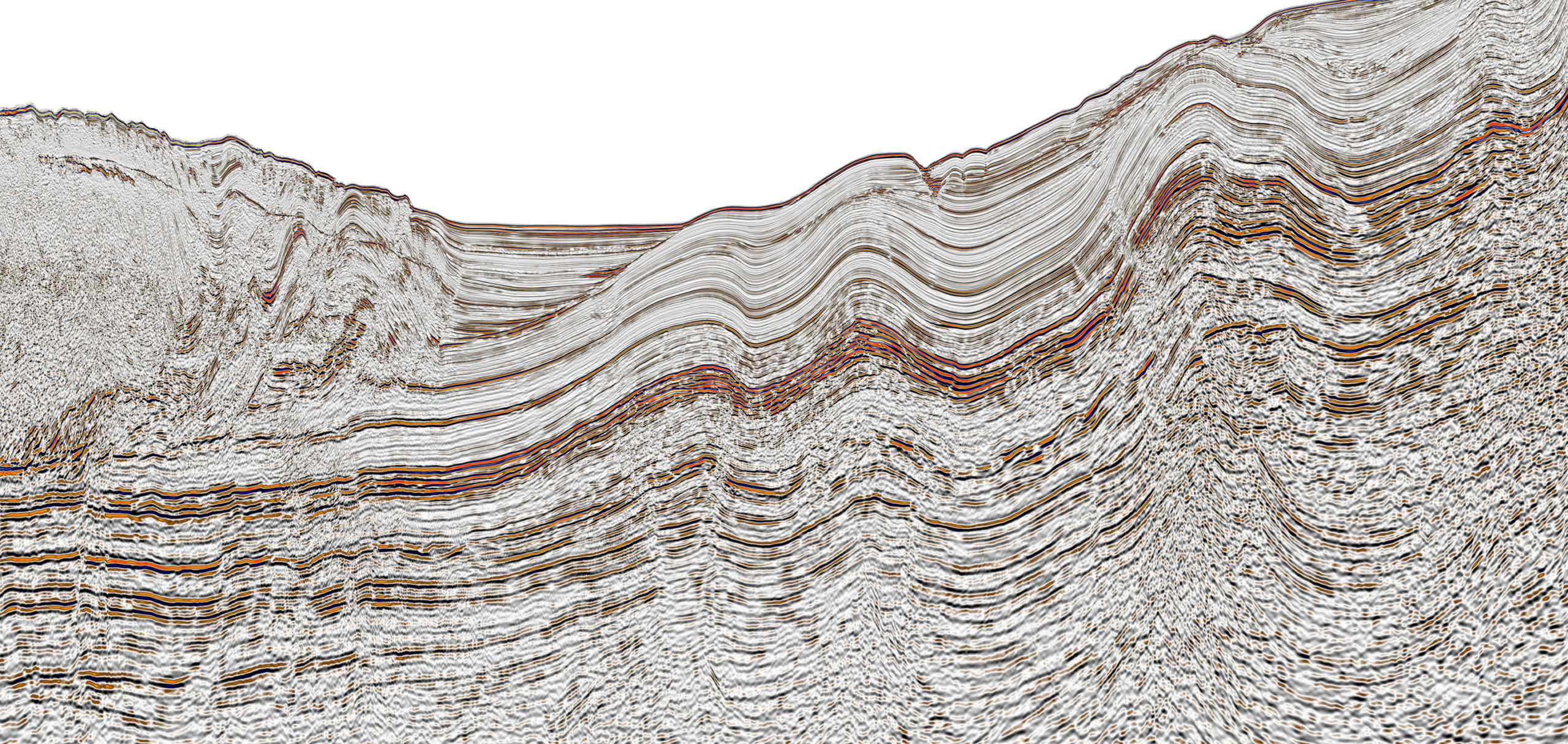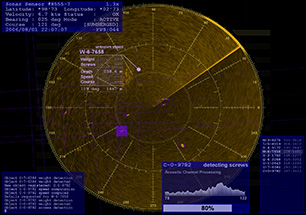KEY QUESTIONS
- What are the sound fields (spectral, temporal and spatial) produced by industry sources to which marine animals may be exposed?
- What are the 3-D spectral characteristics (for frequencies up to 25kHz) of a typical industry array at various azimuths and take-off angles?

SUMMARY
Regulatory authorities from around the world have highlighted a need for better scientific data on the acoustic characteristics of seismic sources (especially air guns). There has been speculation that high frequency (>10kHz) sound is emitted by seismic arrays, and that this sound could travel long distances potentially impacting a large number of marine animals. To obtain better scientific information to help guide risk assessments and regulations, the Programme contracted an interdisciplinary team to measure the spectral characteristics of an airgun array at every 10th degree of azimuth and every third degree of take-off angle for frequencies up to 25kHz. This is a massive study resulting in an equally massive dataset. One of the challenges of the ongoing study has been to effectively display the results in a format that is easily digestible. At the conclusion of this work, a typical industry source will be characterised, and results will be used to validate high frequency airgun models critical to risk assessments and implementation of effective mitigation strategies.
Objectives and methods
- Design and conduct an experiment to measure the 3D acoustic field of a seismic airgun array in deep water with comprehensive angle and range coverage and accurate knowledge of source and hydrophone locations.
- Analyse the measured data for spectral characteristics (i.e. peak pressure, sound exposure level, spectral content, 1/3 octave bands, and array directivity).
- Model the sound propagation from the array using source signatures and a modified acoustic airgun modelling code.
Importance
Understanding the horizontal propagation and spectral characteristics of airgun array sound that is likely to be encountered by marine life during seismic operations will improve industry sound exposure estimates and risk assessments, leading to better mitigation strategies. It will also provide critical source information for behavioral studies involving exposure of marine life to full seismic arrays, and resolve a regulatory caution that the horizontal propagation of high frequencies could have negative effects on marine mammal hearing.
Links to other research
This project is directly linked to the Programme’s Single/Cluster Measurements and Source Modeling project.
Institutions/PIs
University of New Orleans (George Ioup)
Recent Activities & Partners
Specific contracts awarded to the Key Questions include:
Computation of hydrophone positions on the SCS07 mooring arrays using 3-D finite element hydrodynamic modelling
Speciality Devices Inc Texas USA, Paul Higley. Completed

